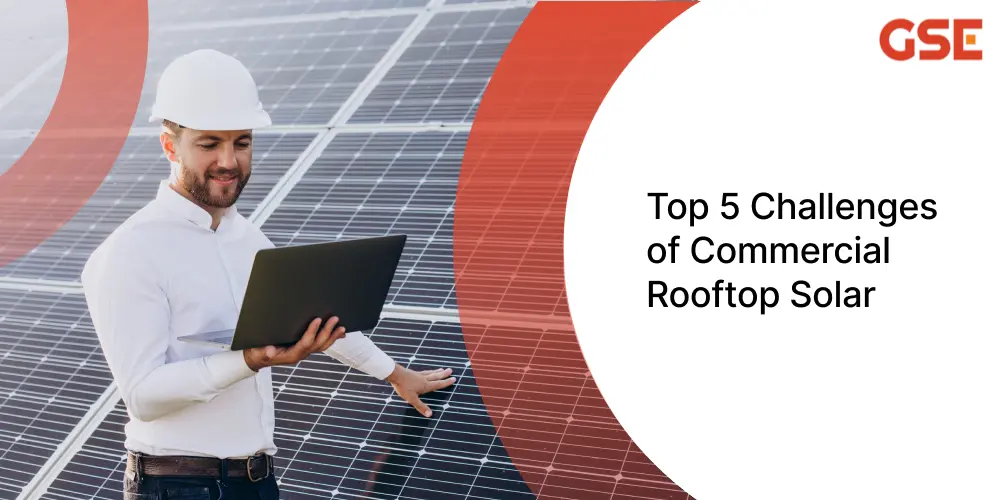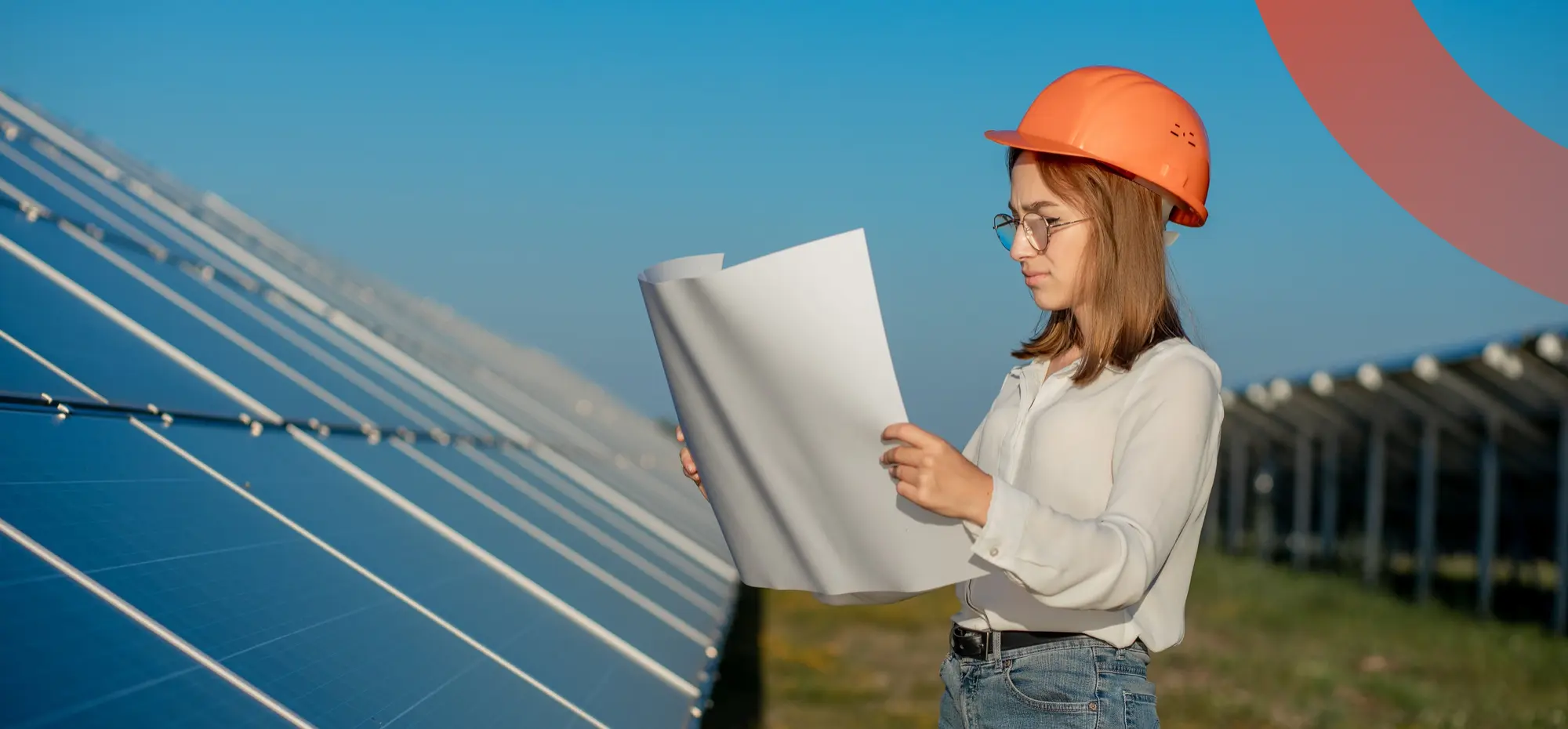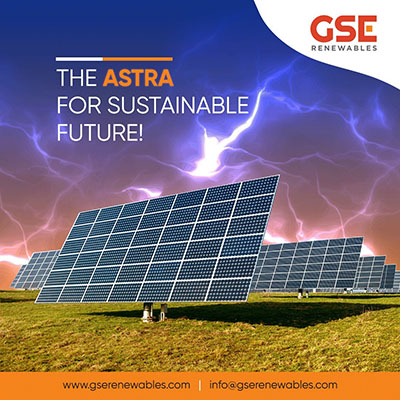500 kW Solar Power Plant Cost in Gujarat: Complete Price & Savings Guide
Nov 26

Did you know that over 50% of electricity in India is used by commercial and industrial businesses? This shows the big potential for these sectors of moving to renewable energy with rooftop solar panels. But commercial rooftop solar installations face many challenges.
Many business owners in India are already benefiting from solar energy. Still, there are some hurdles to overcome when setting up commercial solar systems. These include tenant agreements, the building’s age and type, and other important factors. Overcoming these challenges needs smart design, solid engineering, and careful financial planning. Here, in this blog we will learn more about the top five challenges facing commercial rooftop solar installations.

Commercial rooftop solar installations can be complex in landlord-owned properties. When tenants control electric meters and pay for electricity, landlords may lack incentives for solar panel investment. Alternatively, long-lease tenants preferring panel ownership can lead to roof installation or compensation issues. Multiple tenants and lease terms further complicate solar installations.
Solution: Implement innovative agreements where landlords own solar panels but sell electricity to tenants. Alternatively, offer incentives for tenants to invest in solar panels, ensuring mutual benefits and alignment of interests.
Many big commercial buildings have huge rooftops, over 100,000 square feet, perfect for lots of solar panels. But solar installations are often limited by how much electricity the building actually uses. Some big buildings, like warehouses, don’t use as much electricity because they don’t need heating, cooling, or heavy machinery that uses a lot of power. To use solar power better, some buildings might switch equipment from gas to electricity. Others might cover their whole rooftop with solar panels and send the extra electricity straight to the power grid instead of using it in the building.
Solution: Optimize energy consumption by switching equipment to electricity and maximizing grid-connected solar power utilization. This includes efficient management of surplus energy through grid integration.
Shadows from buildings and trees can impact solar panels on commercial rooftops, reducing power generation and potentially damaging panels. To address this, careful panel placement to minimize shading is crucial. Trimming trees and adjusting nearby structures can help. Technologies like micro-inverters manage panel output, and regular maintenance ensures optimal performance.
Solution: Utilize advanced technologies like micro-inverters, power optimizers, and solar tracking systems to mitigate shading effects. Regular maintenance and strategic panel placement can further enhance performance.
Maximizing solar panel performance on commercial rooftops involves optimizing the roof’s direction and angle. Ideally, roofs should face south (in the northern hemisphere) or north (in the southern hemisphere) with the right tilt for full sunlight exposure. Innovative solutions like adjustable mounting systems and solar tracking can enhance energy generation, even on less-than-ideal rooftops. Regular maintenance is crucial for optimal efficiency.
Solution: Employ adjustable mounting systems, tilt frames, and solar tracking mechanisms to optimize panel orientation and tilt for maximum sunlight absorption. Regular cleaning and maintenance ensure sustained efficiency.
Integrating solar panels onto older commercial buildings can be challenging due to inadequate electrical infrastructure. This often requires an electrical update to safely accommodate solar power. However, this update adds complexity and cost, involving assessments, upgrades, and compliance with regulations. Thorough planning, coordination, and budgeting are essential for a successful installation on older buildings.
Solution: Conduct thorough electrical assessments and upgrade infrastructure to safely integrate solar power. Coordinate with experts for compliance with regulations, ensuring seamless integration and long-term reliability.
Commercial rooftop solar projects bring significant benefits despite challenges. Transitioning to solar energy is a smart choice for long-term sustainability and cost-effectiveness in India. GSE Renewables Energy, with over two decades of experience, helps navigate challenges and provides expert guidance, regulatory support, and eco-friendly solutions for a smooth transition to clean energy.
This move towards renewable energy signifies a major step towards a greener and more sustainable future for India’s commercial sector under GSE Renewables Energy’s guidance.
